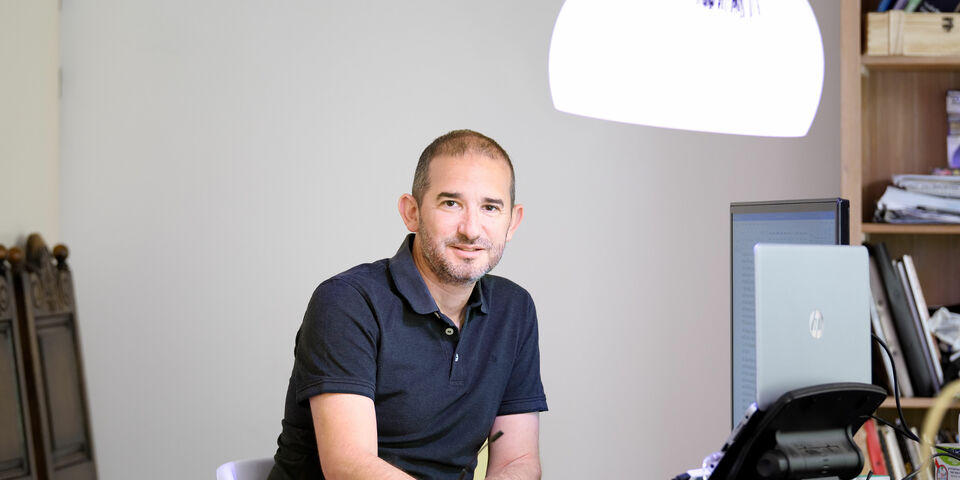What can you teach me …
Ask any teacher in the world and (s)he will confirm it immediately. Her/His knowledge of topics (s)he is actively teaching far exceeds her/his knowledge of the same topics when (s)he learned them as a student. But what is it about the need to teach someone else what you know - or think you know - that results in deeper understanding? And can we use the evidence collected in the field to change higher education so that we produce a better learning environment?
Learning by teaching is also a ‘hidden’ motive behind the student led tutorials (SLTs) that have caused some upset among students. In order to make sure students actively participate in the course, minimum performance is required during these SLTs, otherwise students are not permitted to take the course’s final exam. This clearly stands in stark contradiction to the expected student’s ownership of their learning trajectory, but has proven very effective in improving knowledge assimilation.
The question is, what is it about SLTs that results in higher success rates? Is it simply the need to engage with the course material more intensely? Is it the preparation work towards giving a lecture, or is it actually the interaction between teacher and student that has the highest impact?
To answer this question researchers from the university of California, Santa Barbara have experimented exactly with these different modes of studying and preparing for teaching. Their conclusion, if you truly want to retain knowledge you not only need to study it and prepare to teach it, but you actually need to give a lecture and teach others what you know.
How does this relate to our university? The TU/e would like to make students into learners, but it seems the best way to learn is to teach. What if, as part of our Vision 2030 (I know it has already been printed in too many copies so it will never change), we will force every second year student to become a teaching assistant for a first year course? And every third year student a TA for a second year course, etcetera.
Imagine the impact. Every year, in every department, an army of students be put to work as teachers. We will be able to provide small scale education, almost 1 on 1, but in practice maybe 1 on 5. And we will ensure that second year students will know Calculus/Physics or Circuits and Signal - I'm using my content world but feel free to complete it with your favorite topic - much better at the end of year 2 than they did after taking the courses themselves.
And yes, not all our students are teacher material, I know. But in the current digital age, where a tutor can also hide behind an avatar on Discord and provide detailed answers to students, there are plenty of opportunities to make our students into teachers and hence by default into learners.
Students can be compensated for their extra effort with academic credits and/or salary for being part of the educational system as is currently the case with TAs.
Who knows, maybe some of our students would like it so much they will consider becoming teachers themselves which will help us solve another painful problem, the lack of qualified teachers in STEM topics in high schools. But lets focus on solving one problem at a time. Otherwise I will run out of writing material…


Discussion